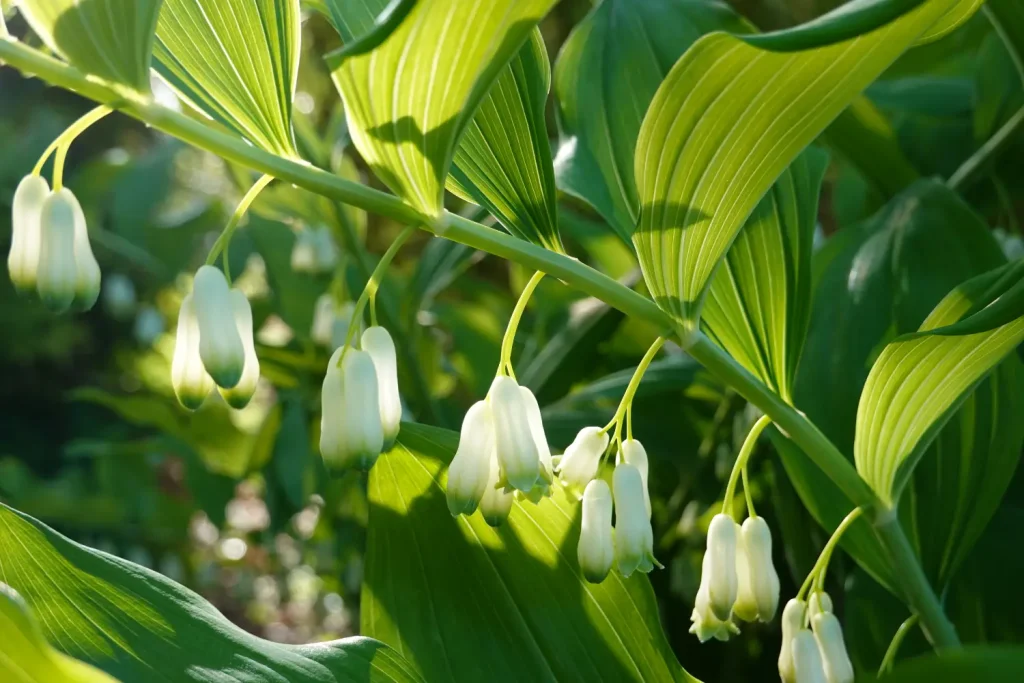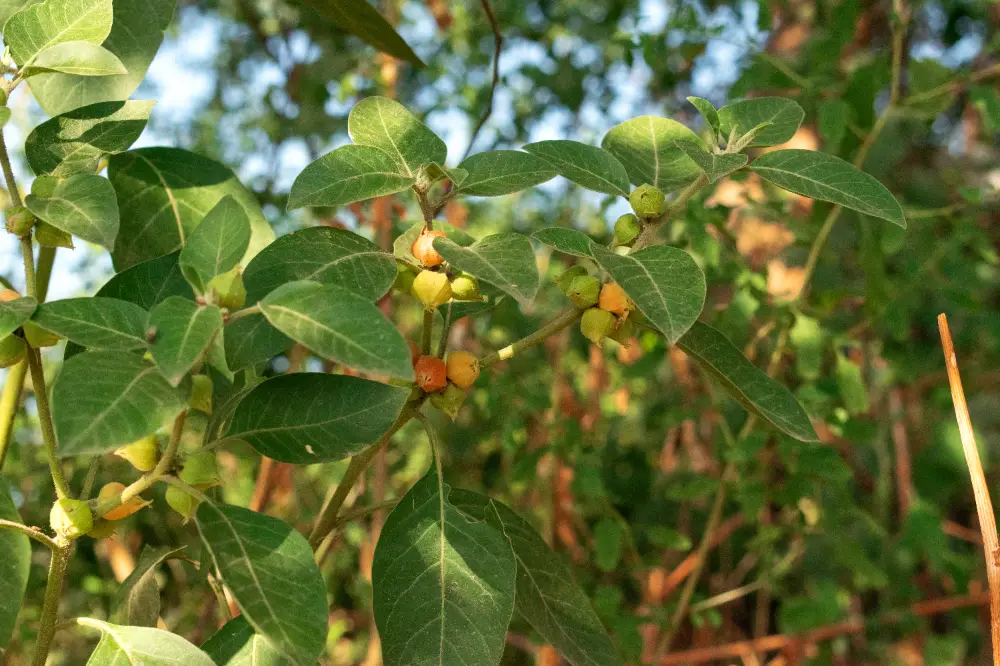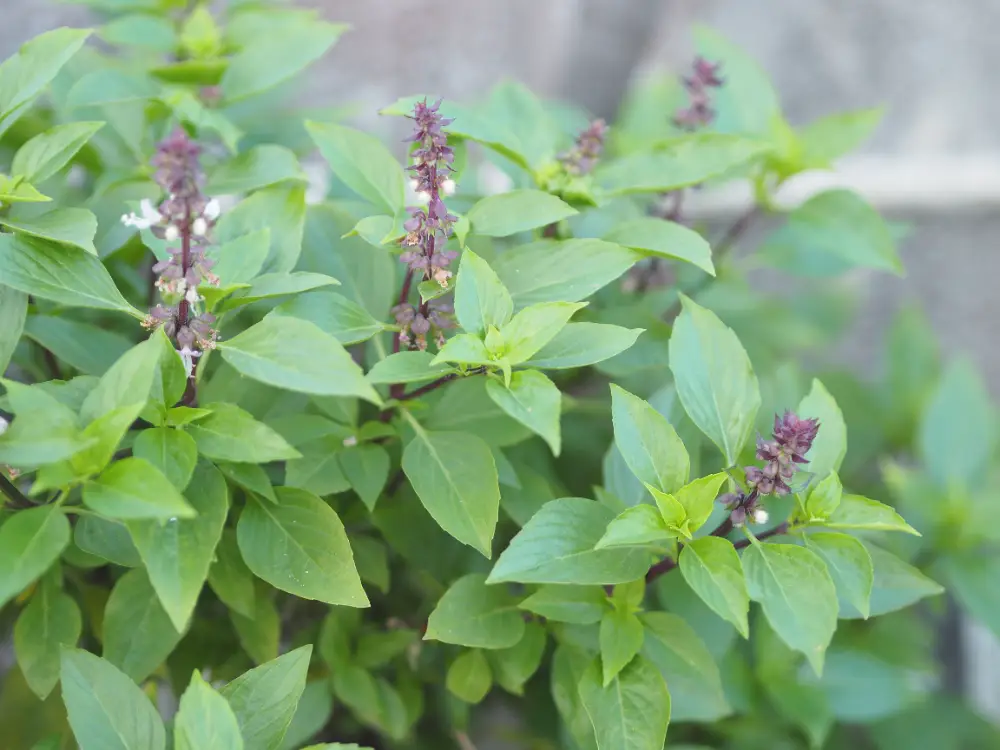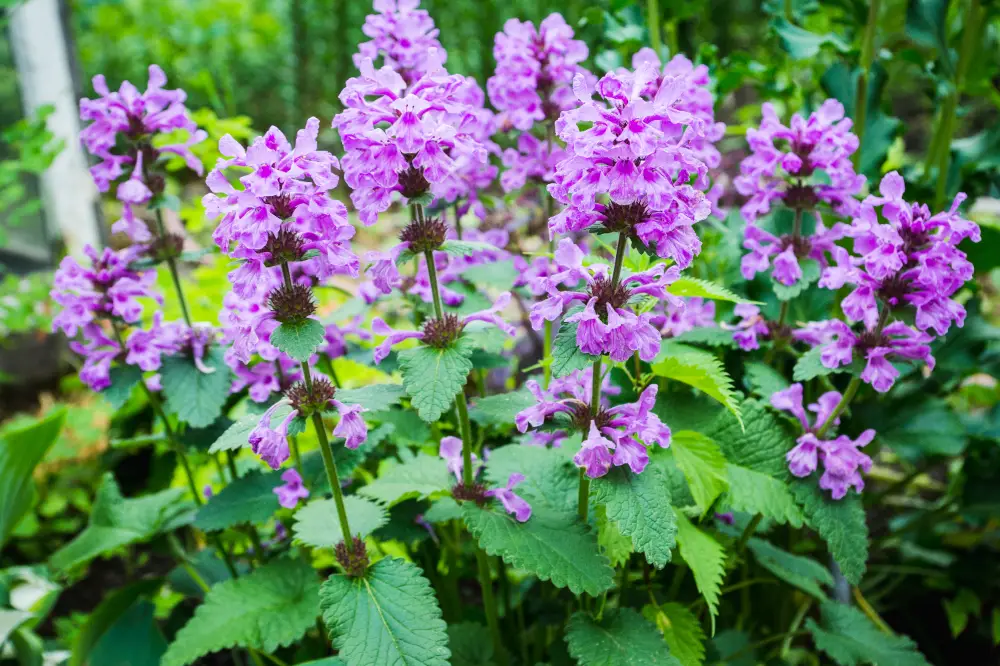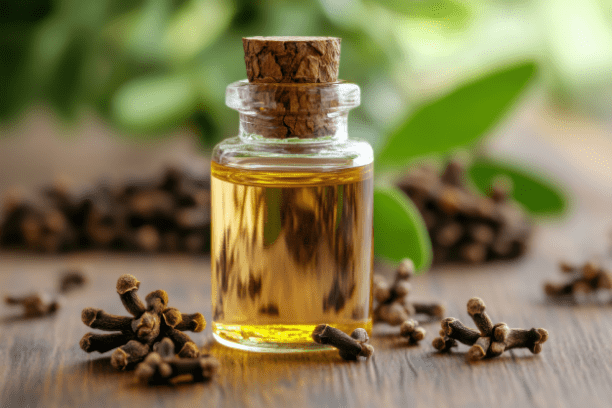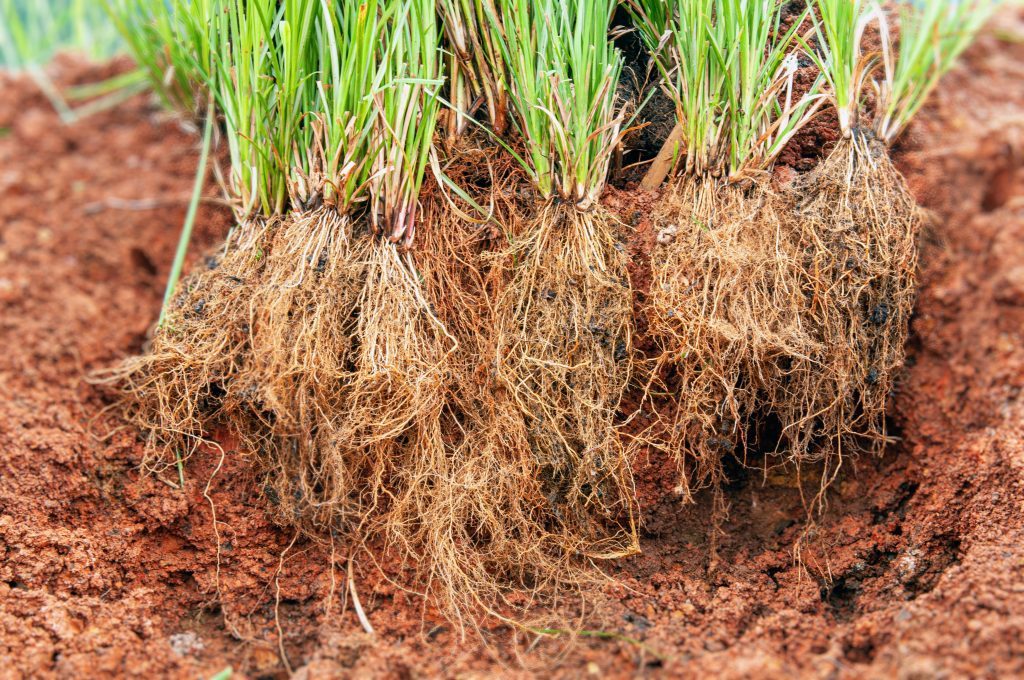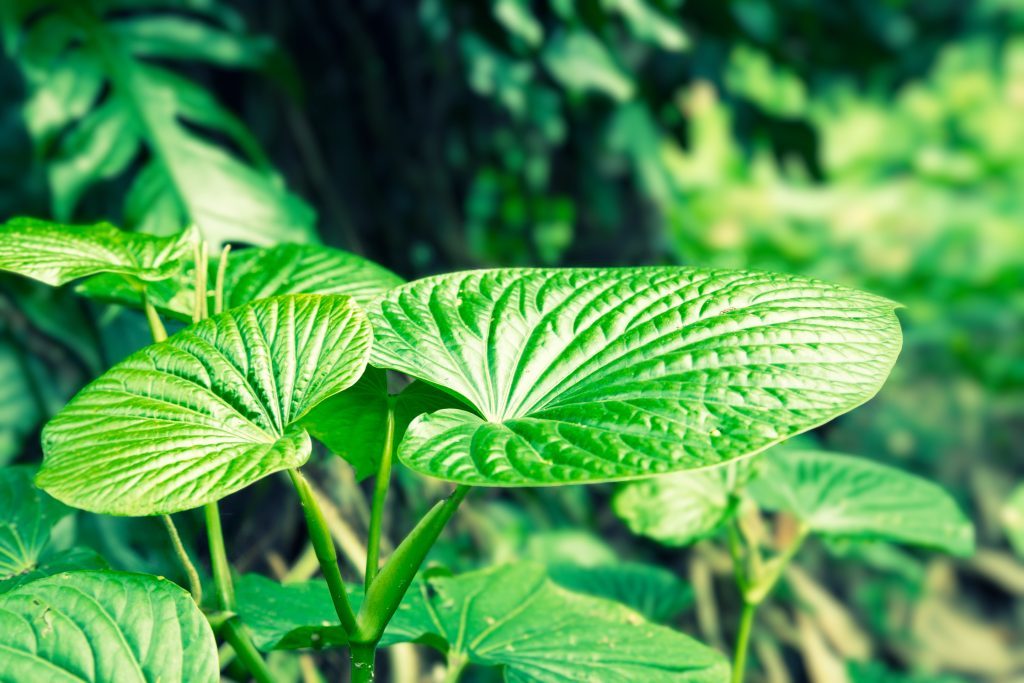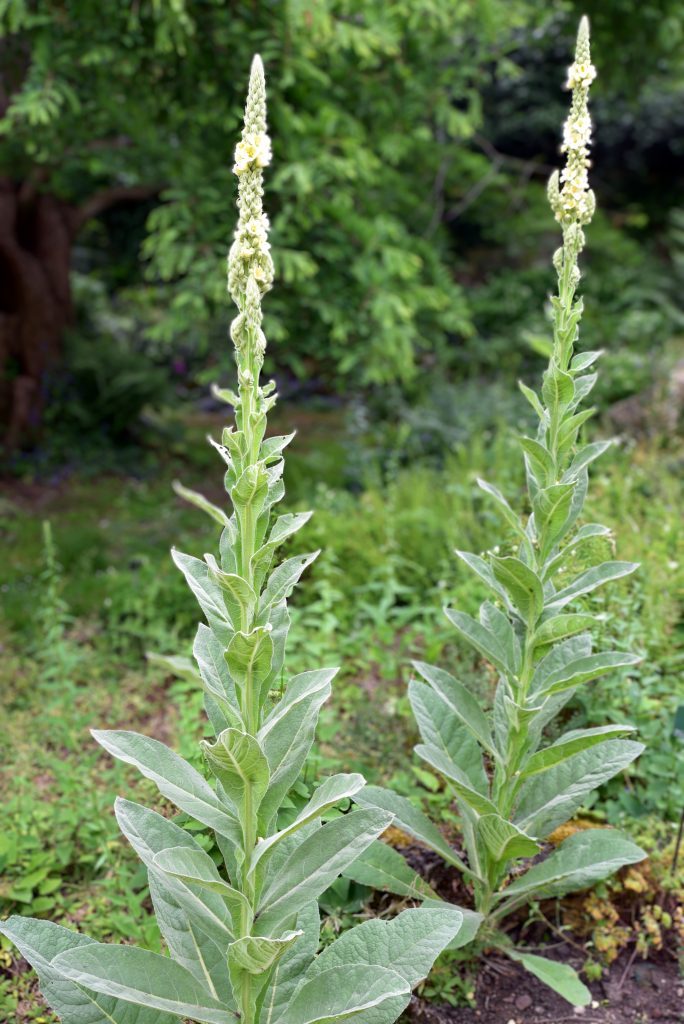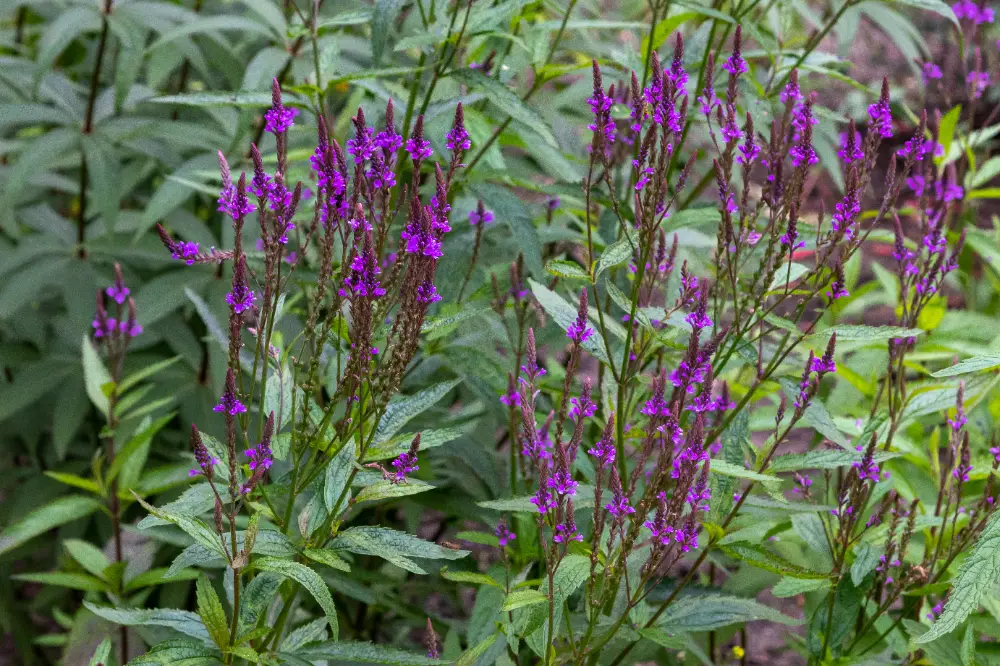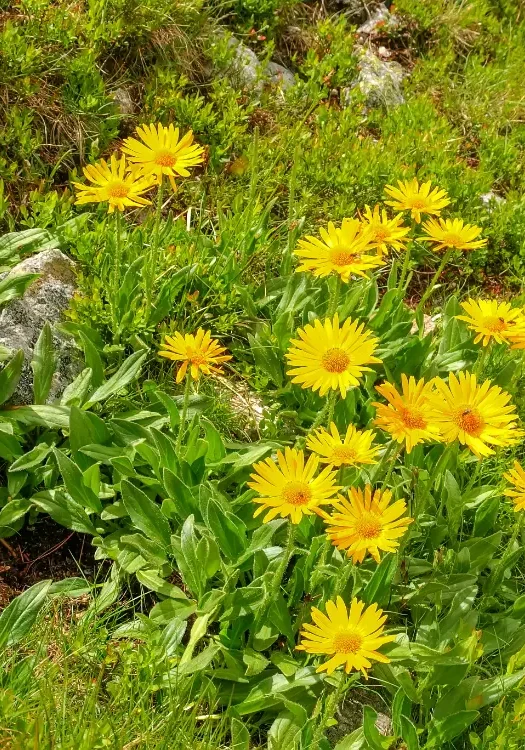
Arnica
Arnica montana
Asteraceae (Daisy family)
Guardian of the Mountains, Soother of Bruises and Inflammation.
Other names:
Mountain Daisy, Leopard’s Bane, Wolf’s Bane, Mountain Tobacco
- Habitat: Native to the mountainous regions of Europe, particularly in the Alps and Pyrenees. It thrives in high-altitude meadows, forest clearings, and pastures with well-drained, slightly acidic soils.
- Leaves: Oval-shaped basal leaves that grow in a rosette formation at the base. They are covered in fine hairs, giving them a soft, fuzzy texture.
- Stems: Erect and hairy, ranging from 1 to 2 feet in height.
- Flowers: Bright yellow or orange daisy-like flowers, measuring 2 to 3 inches in diameter, with a distinctive fragrance. Blooms appear in the summer.
- Roots: A fibrous root system that helps the plant anchor in rocky or well-drained soils.
Superpower
The ability to speed up the healing of bruises, sprains, and inflammation. Arnica is well known for its anti-inflammatory and pain-relieving properties, making it a powerful ally in reducing swelling and bruising after injuries.
Uses
Arnica has been used for centuries in Europe for:
-
-
- Treating bruises, muscle pain, and inflammation
- Applied as a poultice or infused oil to heal injuries and reduce swelling
- Alleviating rheumatic pain and minor wounds
-
Current Uses:
-
- Widely used topically in:
- Creams, gels, and oils to treat bruises, sprains, muscle soreness, and swelling
- Sports injuries to reduce swelling and ease pain
- Reducing post-surgical bruising and inflammation
- Widely used topically in:
Cautions
Toxicity:
-
- Internal use of arnica can cause severe digestive issues, including nausea, vomiting, and inflammation of the stomach lining (gastroenteritis).
- With higher doses, it can lead to cardiac arrest due to the compound helenalin, which interferes with the heart’s ability to recover between beats.
- Arnica contains sensitizing agents (kelanalin and its esters) that can cause:
- Allergic reactions
- Muscle paralysis
- Death if ingested in large quantities.
- Internal use may also cause toxic effects on the:
- Liver
- Kidneys
- Digestive system
Contraindications:
-
- Do not use arnica on open wounds or broken skin, as it can cause irritation and allergic reactions.
- Pregnant women should avoid using arnica without consulting a healthcare provider.
Interactions:
-
- There are no known interactions with medications.
Known Chemical Constituents
Sesquiterpene Lactones:
-
- Helenalin, Dihydrohelenalin: Anti-inflammatory compounds that help reduce swelling and pain.
Flavonoids:
-
- Isoquercitrin, Luteolin: Provide antioxidant support and help protect cells from oxidative stress.
Coumarins:
-
- Contribute to arnica’s ability to improve circulation and reduce inflammation.
Essential Oils:
-
- Thymol, Camphor: Promote circulation and aid in pain relief.
Phenolic Acids:
-
- Caffeic Acid, Chlorogenic Acid: Offer antioxidant properties and support the immune system.
Polysaccharides:
-
- Help stimulate the immune system and promote healing.
Nutrients:
-
- CHO (Mucilage, Inulin): Offer soothing effects and support gut health.
Amines & Fatty Acids:
-
- Support cellular function and aid in reducing inflammation.
Trace Alkaloids:
-
- Present in small amounts, contributing to arnica’s medicinal effects.
Botanical Description
Habitat: Native to the mountainous regions of Europe, particularly in the Alps and Pyrenees. It thrives in high-altitude meadows, forest clearings, and pastures with well-drained, slightly acidic soils.
Leaves: Oval-shaped basal leaves that grow in a rosette formation at the base. They are covered in fine hairs, giving them a soft, fuzzy texture.
Stems: Erect and hairy, ranging from 1 to 2 feet in height.
Flowers: Bright yellow or orange daisy-like flowers, measuring 2 to 3 inches in diameter, with a distinctive fragrance. Blooms appear in the summer.
Roots: A fibrous root system that helps the plant anchor in rocky or well-drained soils.
Fun Facts
Arnica montana’s common name, “Mountain Daisy,” refers to its bright, daisy-like flowers and its origin in mountainous regions. Historically, arnica was used by alpine climbers to relieve sore muscles after long hikes in the mountains.
Parts Used
Flowers
Harvest
Timing:
-
- Flowers: Best harvested in the summer during peak bloom when the plant’s medicinal properties are most potent.
- Roots: Typically harvested in autumn after the plant has gone dormant. The roots can also contain some medicinal properties, though they are less commonly used.
Method:
-
- Use scissors or pruners to carefully cut the flower heads without damaging the plant. Harvest on a dry day to prevent moisture from causing mold during drying.
- For roots, carefully dig around the base of the plant, loosening the soil to remove the root system intact.
Storage:
-
- Flowers should be dried in a cool, shaded, and well-ventilated area. Once dried, store them in airtight containers away from sunlight.
- Dried flowers are most potent within one year, while roots, if used, can last up to two years.
Preparations
Oils/Salves: Used topically for muscle pain, bruises, and inflammation.
Tinctures: Diluted and applied to minor injuries to reduce swelling and bruising. *topical use only.
Creams/Gels: Commonly applied for sprains, soreness, and soft tissue injuries.
Sacred Rituals
Recovery Ritual: Add a few drops of arnica-infused oil to a warm bath after physical exertion or emotional stress to assist the body’s recovery.
Affirmations
“I embrace my body’s natural ability to heal and restore, feeling stronger and more resilient with each passing moment.”
Spiritual Associations
Arnica is associated with protection, healing, and strength. It symbolizes resilience and recovery, making it a powerful ally in rituals of healing and empowerment.
Functions
An analgesic is a substance that relieves pain by reducing the perception of pain signals or alleviating discomfort without causing a loss of consciousness.
AnodyneAnodyne (or analgesic) refers to a substance or agent that alleviates or reduces pain without causing loss of consciousness.
Anti-inflammatoryA substance or agent that reduces inflammation in the body, soothing irritation, swelling, or redness in tissues.
Anti-neuralgic
A substance or agent that helps alleviate nerve pain or discomfort associated with neuralgia.
Anti-rheumaticA substance or agent that helps prevent, alleviate, or manage symptoms of rheumatic conditions, including joint inflammation, stiffness, and pain.
AntimicrobialA substance or agent that inhibits the growth of or destroys microorganisms, including bacteria, viruses, fungi, and protozoa.
Circulatory healthCirculatory health refers to the proper functioning of the cardiovascular system, including the heart, blood vessels, and blood flow, ensuring the efficient delivery of oxygen and nutrients to tissues and organs.
RubefacientA substance that increases blood flow to the skin, causing mild irritation or redness, and is typically used to relieve pain or stiffness in the underlying tissues.
VulneraryA substance that promotes wound healing, helps repair damaged tissues, and aids in the recovery of cuts, scrapes, burns, or other skin injuries.
Wound HealingThe process by which the body repairs damaged tissue, involving multiple stages like inflammation, tissue formation, and remodeling to restore skin integrity.


